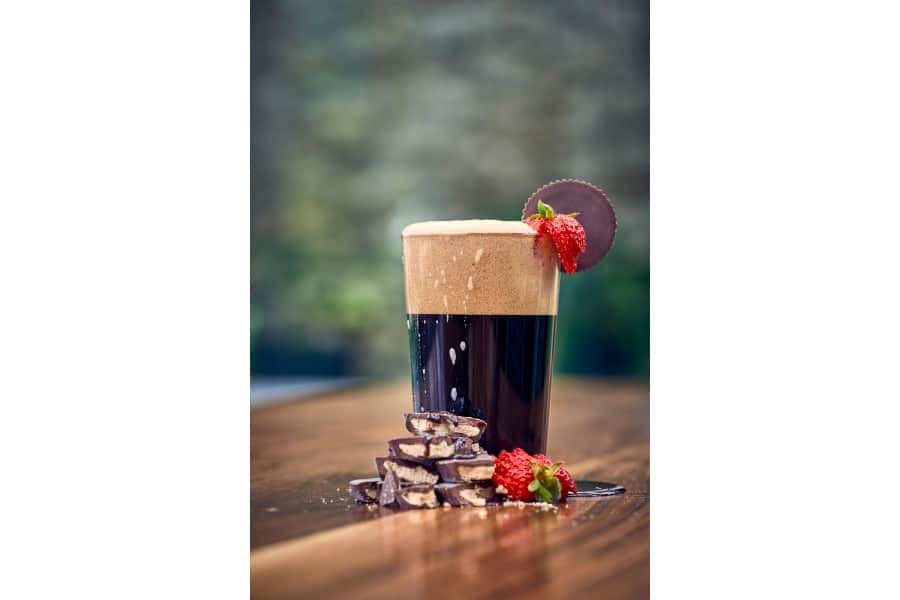I readily, unabashedly admit that I’m a beer snob. You can take your Bud, Miller, Coors, et al and pour it into the toilet. Well, that’s what you do anyway, but I digress.
I’m not ashamed to state plainly that I fancy a micro-brewed pale ale or IPA over the mass production. I’ll experiment with a dark beer on occasion, like a chocolate-coffee stout. A great breakfast beer, by the way.
About 15 years ago, a close friend and his brother each invested $20K in a new microbrewery. My buddy raved about the pale ale. He swore I had to try it, and I’d love it. The beer wasn’t even being bottled at the time. All it had was great ingredients, great flavor, and a cool name.
In the first part of our triumvirate, we discussed authenticity in leadership, and in the second, we debated authenticity in marketing as it relates to customer relations. In this last segment, we’ll examine authenticity in the product or service that you deliver.
In order to make some scratch and pay the bills of a startup, every Thursday night, the brewer hosted a tasting in his tasting room. The brewer (a chemist by degree, I’m sure his parents were proud of that career transition) and his wife owned a small farm, and the main barn was where all the magic happened. That’s where all the equipment was situated, and the upstairs of the barn was renovated, in a rough sense, for the tasting room. On Thursday evenings, you could purchase a draft, have a growler filled and buy some merch.
I was hooked on the first sip. Seven Gates was easily one of the top three pale ales that had cleansed my palate. Because I was friends with two of his few investors, I got the behind-the-scenes tour accompanied by his origin story. The primary reason his beer was so good was the ingredients he used. For example, for his pumpkin ale, he had contracts with the local farmers who grew pumpkins, and he used truckloads of fresh pumpkin in that mash. No pumpkin spice nonsense here. For his chocolate-coffee stout, he used pounds and pounds of Wilbur Buds dark chocolate (a local delicacy here in central PA). You could taste the quality. It was some of the best beer that’s flowed over my taste buds.
I bought the growler, I bought two glasses, and I was lucky enough to purchase one of the first cases when they rambled off the new bottling line. I accompanied my friend to many a Thursday night tasting.
And then the brewer (business owner) made a tragic mistake.
He sacrificed the quality of his product to save a couple of cents.
He started pouring his beer into aluminum cans instead of glass bottles. The pumpkin ale didn’t taste right coming out of a can. So much so that I stopped buying it. I wasn’t the only one. A friend in the sciences told me that pumpkin and aluminum don’t play well together. I don’t know if that’s fact, but if it is, that jaded me even more because I knew the brewer was a chemist, and I would’ve expected that he knew that. I further considered if he did have that knowledge and intentionally used aluminum anyway, shame on him. I’ve been searching for a great pumpkin ale ever since. And here are two results…one, he doesn’t produce as much pumpkin ale anymore because why? Demand dropped. Two, I don’t buy any of his beers anymore. Actually, a third is that my friend and his brother each asked for their investment back. They took it all out.
As a small business owner, how do you evaluate the quality of the product or the service that you’re offering? Do you do any quality control? How often do you conduct evaluations? Do you ask your loyal customers what they’re thinking, what they like and dislike? Does the product or service that you’re offering match the brand you’ve established in your marketing?
In an article from the American Marketing Association, is states that, “consumers crave authenticity.” The article goes on to list six judgements that consumers use to gauge your authenticity, and the most important, IMHO, is Originality. “Originality refers to a product or service standing out from the mainstream.”
The brewer stood out until he decided to pinch pennies.
When we purchase a diamond or an expensive piece of jewelry, we often will request or automatically receive a certificate of authenticity. When a memorabilia collector weighs the idea of spending a small fortune on a baseball card, an autographed photograph, or a piece of clothing worn by a famous player or performer, again, the individual making the purchase wants assurances that it is, in fact, the genuine article. When a collector of fine paintings or fine art plunks down what amounts to a down payment on a beach house on a priceless piece, the collector wants a guarantee that the painting, sculpture, or vase was created by the hands of the signature on that piece.
In each instance, the individual investing in the valuable item does not want to later find out that it’s a phony, a fake. It’s the same thing with the product or service that you’re offering. You’ve told your story and promoted your product or service in the public square. You’ve created anticipation and expectations. Does your product or service live up to the hype?
The last thing you want is to be selling skunky beer.
- He Didn’t Have to Do It - December 22, 2025
- We Got a Freebie - December 2, 2025
- Do You Keep Your Promises? - November 20, 2025

